Brussels sprouts originated only about 250 years ago in western Europe. It began to be actively grown in the vicinity of Brussels (hence the name). It was first mentioned in sources in 1759. It is believed that this type of cabbage resulted from a mutation of collard greens.
|
Be that as it may, Brussels sprouts quickly spread throughout Europe.It was practically not grown in Tsarist Russia and the USSR. And even now it grows only among rare amateurs. There is currently no industrial cultivation in the country. |
| Content:
|
Biological features
Brussels sprouts are a biennial plant. In the first year it forms small heads of cabbage. Before the beginning of autumn, the crop forms a rosette of leaves and grows 0.8-1.2 m in height. The leaves are long on long petioles from green to dark green, have varying degrees of vesicles and are never smooth.
From the outside, the plants resemble white cabbage that never sets. By autumn they become spreading and “shaggy”.
|
In some varieties, the leaves rise slightly upward towards the end of summer, but this is not a sign of a lack of any element, but a feature of the variety. |
In autumn, small heads of cabbage appear on the stem in the axils of the leaves. They can be either tight or loose. The most productive varieties are those that form a column of dense heads. One plant can have from 20 to 80 heads with a total weight of 100 to 800 g.
- If their diameter is more than 3.5 cm, they are large
- from 2 to 3.5 cm - medium
- below 2 cm - small.
The closer to the top, the smaller the heads of cabbage; they do not develop at the top of the plant; a rosette of leaves remains there. But there are certain varieties in which this rosette itself curls into a head of cabbage. There can be 1-3 of them.
In Russia, Brussels sprouts do not take root due to the extended growing season. The growing season of the crop is about 6 months (180 days), and the heads themselves ripen slowly. Although varieties have now been bred with a growing season of 120-130 days, this is a very long time for our climate.
|
The peculiarity of Brussels sprouts is that if the weather is unsuitable, they can set heads late. Sometimes in September they are not there yet. There is no need to rush to pull out the plants, since this cabbage is unpretentious and produces a harvest until the onset of cold weather. |
In the second year, the crop blooms and produces seeds. It forms highly branched flowering shoots. The flowers are yellow and bee pollinated. It forms a pod, which cracks when ripe and the seeds spill out onto the ground. The seeds are small, black, and remain viable for 5 years.
Varieties
There are few varieties of Brussels sprouts - just over a dozen. They are divided into early, middle and late. Sometimes imported European varieties are found in large stores. But you need to remember that they usually have a long growth period; the heads begin to set in mid-to-late September. Such varieties are suitable for the southern regions.
In the north and northwest, Brussels sprouts are not grown, since they do not even have time to form a full-fledged rosette, let alone set heads. Early varieties with a growing season of 130-140 days are suitable for the middle zone.
Early varieties. A column of heads of cabbage is formed in 130 days. Suitable for growing in the middle zone, Siberia and the Far East. These include:
- hybrid Franklin (F1)
- American variety Long Island.
Mid-season varieties. The ripening period is 140-160 days. Hybrids:
- Garnet bracelet
- Diablo (medium early, ripening period 140-145 days)
- Constellation (mid-late)
- There is also a hybrid Rosella F1, which is much less common on sale.
Varieties:
- Casio
- Funny company
- Commander (150-155 days)
- Hercules
- Rosella
Late varieties. The ripening period is more than 170 days. Hybrids:
- Diamond
- Boxer;
Varieties:
- Zimushka
- Sando
- Sapphire.
Imported varieties. They can be ordered online or purchased in large centers. These are usually late varieties. Ripening period from October to February, weather permitting. It is clear that such cabbage can only be grown in the south. Falstaff is a rare purple variety that ripens from October to December. To form good products, it needs light frost (-2-5°C). The color becomes more intense in the cold. Hiids Ideal - heads begin to ripen in late autumn, and their formation and ripening continues until February.
In unfavorable weather, early varieties set a harvest slightly later than stated. If the weather is too cold or too hot, the period increases by 10-15 days.
Requirements for growing conditions
Brussels sprouts are the most unpretentious and long-growing of all cabbage species.
Temperature. Like all cabbage plants, Brussels sprouts are cold-hardy. In the early period of development, it can withstand frosts down to -2-3°C, and adult plants can easily tolerate short-term frosts down to -8°C. For crop formation, a temperature of 15-20°C is optimal.
At temperatures above 25°C, the setting of heads of cabbage, as well as their filling, is delayed, and their quality also decreases. Brussels sprouts produce faster in cool weather than in warm weather. In general, the hotter the summer, the later the Brussels sprouts will set heads.
Humidity. The plant's roots go 30 cm deep (when sown directly in the ground), so it can more easily tolerate short-term drying out of the soil than other types of cabbage. When grown by seedlings, the root system does not go so deep, and cabbage needs frequent watering.
Brussels sprouts can withstand short-term drought, especially if grown by direct seeding in the ground, but the quality of the crop will be lower.
To obtain a high-quality harvest, watering is done regularly; the soil should not dry out. Plants have a particularly high need for moisture in the second half of the growing season.
Soils. Brussels can grow and produce good yields in slightly acidic soils (pH not lower than 5.1). This type of cabbage, like all others, requires high soil fertility. However, it can produce crops on poorly fertile soils, but its quality will be low.
Light. Like all cabbage plants, European cabbage is light-loving. The most suitable for it are bright places, well lit by the sun during the day.
A place with dense shade, even if it is short-term, is not suitable for planting Brussels sprouts.
Growing Brussels sprouts without seedlings
It is grown by direct sowing into the ground only in the south: Krasnodar region, Caucasus, Crimea, Stavropol region. In the hot summer, cabbage increases its leaf mass, and in the fall (October-November) it forms a harvest. In the middle zone and in the Black Earth Region, it is grown only through seedlings, since due to the long growing season, early sowing is necessary, which is impossible in these regions.
When growing without seedlings, sowing is carried out in late March-early April. Since cabbage is quite spreading, the holes are made in a checkerboard pattern so that each plant has as much space as possible.Plant 2-3 seeds per hole. After germination, one plant is left.
|
In early spring, it is advisable to cover the seedlings with lutrasil. Cabbage grows faster under covering material, but when the sun starts to get hot, it is removed or holes for the cabbage are cut out, leaving lutrasil on the ground to protect against cruciferous flea beetles. |
Sowing is carried out when the soil warms up to +4-5°C. Before planting, water the holes with hot water and add 0.5 cups of ash. Shoots appear in 4-6 days.
In case of severe frosts, the cabbage is covered with a covering material, which is removed during the day.
Growing through seedlings
Sowing time
In most parts of the country, Brussels sprouts grown through seedlings. Sowing seedlings carried out in the Non-Black Earth Region from mid-March. In the southern regions, it can be sown in 2 terms: in March and mid-May, then the last harvest can be harvested in early to mid-November.
They are sown in a greenhouse in the middle zone in the first half of April, provided that the soil has warmed up to +3-5°C. In the south, Brussels sprouts can be sown in a greenhouse from mid-March (if the soil is sufficiently warmed) until the end of April.
Growing seedlings
Growing good Brussels sprouts seedlings at home is almost impossible. Here it will be dark and hot, and to obtain good quality seedlings it will have to be illuminated. But this is not a guarantee, since plants need relative coolness (15-18°C during the day, no higher than 5-6°C at night).
|
If it is not possible to grow seedlings in a greenhouse, then they are placed on a balcony or the lightest windowsill and transported to a greenhouse or temporary greenhouse as soon as possible. |
When grown at home, 2 seeds are sown in shallow containers. Containers are placed in a cool place with a temperature no higher than 12°C.When the shoots appear, they are placed in the coldest and brightest place in the house.
Seedlings feel much better at a temperature of 6-10°C than at 18-20°C. At the stage of one true leaf, it is planted in separate pots or, if possible, in a greenhouse. At first, the seedlings are shaded from direct sun, and when 2-3 true leaves appear, the shade is removed.
Water frequently, but very moderately, avoiding either drying out of the soil or its excessive moisture. Drying out of the earthen coma at this age delays the setting of heads of cabbage by 7-10 days, and for the middle zone this is fatal.
|
Overmoistening almost always contributes to the appearance of “black leg”. |
It is much easier to grow seedlings in a greenhouse, it is easier to care for them here, they turn out strong and well developed. You can sow seedlings in rows with a distance of 25 cm between them and 15 cm between plants. If the soil is still cold, then before sowing it is spilled with boiling water, but if it has warmed up enough, then you can water the rows with ordinary water.
Immediately after sowing, the plot is covered with spunbond. This is necessary for the speedy germination of seeds. Although the greenhouse is hot during the day in sunny weather, the temperature at night can be negative.
After germination, Brussels sprouts are mulched with hay or sawdust to prevent them from freezing at night. If the night temperature is 4-5°C (and in the greenhouse, of course, higher), then the mulch is removed. Watering is carried out as the soil dries.
Feeding
During the seedling period, Brussels sprouts are fed 1-2 times. Like all cabbage plants, it is demanding of nitrogen. The first fertilizing includes nitrogen fertilizers: ammonium sulfate, urea or ammonium nitrate. It is acceptable to fertilize with microfertilizers containing nitrogen: Aquarin, Malyshok, etc.
It is not recommended to introduce organic matter during the seedling period, since it causes strong growth of green mass, and then the cabbage takes root worse.
The second feeding is required for seedlings initially grown at home and then transferred to the greenhouse. It is more frail and weak, with a lack of green mass. For the first time, it is fed 12-14 days after germination with an infusion of weeds. The second feeding is carried out 2 weeks after the first, nitrogen fertilizers are applied: urea, ammonium sulfate, Aquarin.
Brussels sprouts seedlings are planted in a permanent location after 45-55 days. But it is possible earlier, in 30-35 days, the main thing is that it does not outgrow. Cabbage should have 4-5 true leaves and look strong and healthy. And only frail home seedlings must be kept for 55 days until they gain full green mass.
Soil preparation
The crop grows best on light loam with a high humus content. It does not like stagnant water, so on heavy soils cabbage is planted in high beds and the soil is deeply cultivated.
Unlike other sprouts, Brussels sprouts tolerate slightly acidic soils well, so they do not need to be limed. If the soil is acidic (sorrel, sorrel, buttercup, and heather grow well), then it is deacidified by adding dolomite flour or ash in the fall. In the spring, when preparing the beds, add ash or fluff (1 cup/m2).
In the fall, fresh or semi-rotted manure is added at a rate of 3-4 buckets per m2 or compost. You can add plant residues or food waste. It is impossible to apply only cabbage residues under Brussels sprouts, and also to apply manure and lime fertilizers together.
Transplanting
In the south in open ground seedlings are planted from mid-April to mid-May.Such terms allow us to receive products from the end of August to the end of October. Very often the crop is placed around the perimeter of the cucumber plot to protect it from the wind.
In the middle zone, Brussels sprouts are planted in mid-to-late May.
Brussels sprouts require a large feeding area, so they are planted according to the 60x60 or 60x70 pattern. When compacted, the heads of cabbage become small and loose. And only when planting along a cucumber plot is a 60×50 scheme permissible.
Excellent predecessors for Brussels sprouts are greens (lettuce, dill, parsley), carrots, potatoes, onions and garlic, cucumbers, peas, and in the southern regions - eggplant.
Bad Predecessors - all cruciferous crops (cabbage, turnips, radishes, radishes), watercress, tomato, beans, strawberries.
The crop is planted in a checkerboard pattern. Before planting, add 0.5 cups of ash to the hole (if the soil is alkaline, then replace the ash with 1 tablespoon of potassium sulfate), 1 tablespoon of urea or complex fertilizers - nitrophoska, Agricola 1 and 5. Fertilizers are sprinkled with earth and the hole is filled to the brim with water from wells. When the water is half absorbed, the seedlings are planted along with a lump of earth. Then the plants are watered again.
|
Since Brussels sprouts do not form adventitious roots well, they are not buried, but planted at the same level at which they grew. |
Immediately after planting, the plot is covered with covering material to protect it from frost and bright spring sun. If the temperature is more than 4°C at night, then after 3-4 days the covering material is removed.
The seedlings take root in 5-7 days. The appearance of a new leaf indicates the beginning of the cabbage growing season.
Care
Caring for Brussels sprouts is easier than other types of this crop.
Soil deoxidation
Deoxidation is not done on slightly acidic soils, since the crop tolerates them well, and, in addition, it is much less affected by clubroot, which is strongly manifested precisely in such conditions. On acidic soils (pH less than 5.1), an infusion of ash is added once a month (1 cup per plant). On highly acidic soils (pH less than 4.6), the procedure is carried out every 2 weeks.
Watering
When sowing directly into the ground, the crop is not watered as often because the roots go deep into the soil. In cool and cloudy weather, Brussels sprouts are watered 2 times a week; in rainy weather, they are not watered at all. On hot days and during summer showers, watering is done 3 times a week, at this time it requires deep soaking of the soil, so the watering rate is increased. However, by the time the harvest is formed, the soil moisture requirements of the crop increase.
|
Starting in July, even when grown by direct sowing in the ground, it is necessary to water the plants at least 2 times a week and make sure that the soil does not dry out. |
With the seedling method of growing, after planting in the ground, water every day until a new leaf appears. After rooting, in cloudy and rainy weather, water 2 times a week, in hot weather - every other day. At temperatures above 35°C, water every day, and spray the leaves with water in the morning and evening. During prolonged rains, watering is not done.
Fertilizing in the ground
Brussels sprouts, like any other, require intensive feeding. In terms of nutritional requirements, it is similar to white cabbage varieties.
Almost the entire growing season it needs a lot of nitrogen, a little less potassium and very little phosphorus. During the period of cabbage formation, the need for microelements increases and potassium consumption increases.At this time, nitrogen fertilizing is reduced, since excess nitrogen in the form of nitrates accumulates in the finished product.
Feed the crop once a week, alternating organic and mineral fertilizers. If the seedlings were frail, then organic matter is added the first two times and mineral fertilizers are applied only in the third feeding. Also, such plants are sprayed with Aminazole. It contains a complex of amino acids that stimulate growth.
After 2-3 days, the plants rise and begin to grow. If they grow poorly even after this, it means the roots were damaged during planting. Water the plot with Kornevin.
Before any feeding, water the cabbage well.
First feeding carried out after planting seedlings, when a new leaf appears. Add an infusion of mullein (1 l/10 l of water) or bird droppings (0.5 l/bucket of water). You can use weed infusion (2 l/bucket), humates (10 ml/10 l of water), vermicompost.
Second feeding. Weak plants are fed with organic matter again (usually humates or weed infusion). Urea, ammonium sulfate and ash infusion are added to the remaining plot. Instead of ash, you can use complex fertilizers:
- Baby
- Agricola
- Intermag, etc.
Closer to September, the composition of fertilizers changes: for one organic fertilizer there should be 2-3 mineral ones. They increase the dose of potassium by adding 0.5 cups of ash infusion per plant (on alkaline soils, potassium sulfate is used instead of ash) and microfertilizers (Uniflor-micro, Uniflor-bud). Ammonium molybdate is added to every second fertilizing at the tip of a knife to accelerate the formation of heads of cabbage.
When forming a crop, organic fertilizing is not done; only complex fertilizers and microelements are applied.
Until August, foliar feeding can be carried out, since the rosette of leaves does not participate in the formation of the crop and fertilizer residues will not get into the head. During the setting and growth of heads of cabbage, fertilizing is done only at the root.
Features of care
Brussels sprouts need to be loosened regularly. It needs good soil aeration. The crop should not be hilled up, since it forms adventitious roots with difficulty. When hilling, the lower part of the stem usually rots and the plant dies.
At the beginning of August, the top of the plants, 3-4 cm long, is removed. This limits its growth and stimulates the formation of the crop. If you let the Brussels sprout grow, it may not set heads by mid-October, and if it does, they will be somewhat smaller.
|
The tops of imported varieties are not removed. It gives the plant frost resistance, and imported varieties need frost to ripen. Removing the top reduces the frost resistance of plants, and the heads become loose. |
Some domestic varieties curl the leaves at the top into a small head. There can be 1-3 of them. If the upper leaves are curled and ready to form a head, then the top is also not removed.
Good watering and fertilizing at the beginning of summer are the key to a high yield.
Why the harvest is not formed
Sometimes harvesting is delayed due to unsuitable weather. Typically, heads set in 100-130-150 days (early, middle and late varieties, respectively). But if the weather in summer was too hot (more than 25°C), then the setting of the harvest is delayed by 10-20 days.
There is no need to rush to throw away the plants; they will be able to grow heads in September and they will have time to ripen before November.Brussels sprouts can withstand temperatures down to -6°C, so they are not afraid of cold weather. If by mid-September there are no signs of head formation, Brussels sprouts are sprayed with ammonium molybdate, which stimulates the setting of the crop.
The crop will not yield a harvest even with the most careful care if it grows in the shade or even partial shade. Cabbage doesn't like shade!
|
No need to remove leaves. For developing heads of cabbage, they provide both protection and nutrition. |
If the leaves are cut off, the heads of cabbage will grow very, very slowly and even after 2 months they may not gain the required mass. A head of cabbage the size of a walnut or more is considered full.
How to protect yourself from diseases and pests
Brussels sprouts practically do not suffer from clubroot, but all other typical cabbage diseases are fully manifested on them.
Rot of the lower part of the stem. Occurs when there is high hilling of the crop. It does not form adventitious roots well, and, in addition, the lower leaves and heads of cabbage will be covered with soil and rot, which can lead to the death of the entire plant. The culture is not being spudded.
Fomoz or dry rot. Brown depressed spots with black dots form on the leaves and roots. The leaves first turn yellowish-gray and then purple. At the onset of the disease, watering and simultaneous spraying of the leaves with the biological product Trichodermin gives good results.
Kila. Grows on acidic soils. If Brussels sprouts are grown on such soils, then ash infusion, milk of lime or calcium nitrate are added regularly throughout the season. A sign of clubroot is the appearance of growths on the roots and the lack of plant growth, despite all agricultural practices.
The pests of the European plant are the same as those of other cruciferous plants.
Cruciferous flea beetle. It is very easy to protect yourself from it if, when planting seedlings, you spread non-woven material over the plot, cutting holes in it for the plants. The flea will not get through it and, accordingly, will not “riddle” the lower leaves.
Cabbage whites. The plot is covered with lutrasil during the butterfly’s flight. It is removed at night so that the crop does not get too hot; butterflies fly only during the day.
|
Cabbage whites |
Cabbage scoop flies at night. During the summer of butterflies, the plot is covered with lutrasil.
Cabbage fly does not like Brussels sprouts because of the mustard oils they contain and does not attack them if there are other types of cabbage nearby.
Growing in the basement
The technique is used in the northern regions if, by the beginning of the cold weather, the European plant has set heads of cabbage, but they are still too small.
Plants are dug up with roots and buried in the basement or greenhouse in prepared grooves. Place them close to each other, moisten the soil. The growing process is carried out due to the nutrients accumulated in the leaves, so the leaves are not torn off. Heads of cabbage are formed at a temperature of 1-5 ° C, and in imported varieties they can form at negative temperatures in the greenhouse (-2-3 ° C).
Harvest
The harvest is harvested as the heads of cabbage ripen. In the northern regions - from mid-September until the onset of persistent cold weather. In the southern regions, with early sowing, early varieties can be harvested from mid-August. For imported varieties, harvesting continues until the onset of frost down to -7°C. However, since the tops are not cut off and the plants continue to grow, they can be buried in the cellar and produce until February.
You can leave the top of domestic late varieties (if they have set heads) and also bury them in the cellar, but they will grow heads until December at most.
Brussels sprouts ripen unevenly, so harvesting is done as soon as the sprouts are ready. They start with the lower ones, cutting or breaking them off right at the stem, otherwise the head of cabbage will crumble into separate leaves. Then the middle ones are removed and at the very end, when it’s cold, the top ones.
|
There is no need to rush into cleaning. This cabbage will not overripe and will not lose its taste. |
However, it’s also not worth cleaning in the cold. Such heads of cabbage at home defrost very quickly and instantly wither. Therefore, they wait for warming, when the entire conducting system of the plant has recovered from the frost, and only then do they harvest the cabbage.
You can harvest whole Brussels sprouts by cutting off the stems near the ground and removing the heads as needed.
In the south of the country, where the winter is mild and there are no severe frosts (Crimea, the Black Sea coast of the Caucasus and the Krasnodar Territory), the crop can be left for the winter and harvested at any time until spring. But to do this, you need to leave the top so that the cabbage can grow.
Storage
In the cellar, Brussels sprouts are stored in boxes or hanging; at home, they are frozen or stored fresh.
Storage in the cellar. For long-term storage, the stem with heads of cabbage is cut off at the base of the stem and hung in the cellar at a temperature of 1-3°C and a humidity of 90%. First, all the leaves of the plant except the top few are cut off. In this form, Brussels sprouts can be stored for 3-4 months. If there is insufficient humidity in the cellar, then the stem with the heads of cabbage is loosely wrapped in cellophane, which is changed as condensation appears.
|
The stem with heads of cabbage is placed in boxes and covered with cardboard. Storage duration is up to 3 months. |
The heads of cabbage are removed from the stem and placed in boxes very close to each other. The top of the boxes is covered with wrapping paper or cardboard. But they should not be tightly closed, otherwise the cabbage will develop rot or bacteriosis. Brussels sprouts can be stored in boxes for 2-3 months.
Home storage. At home, cabbage is usually frozen. In this form it can be stored until the next harvest. Before freezing, the heads of cabbage are immersed in salt water for 15 minutes so that insects, if any, emerge.
|
Heads of cabbage can be stored in the refrigerator in the vegetable drawer for up to 5 weeks. |
But they gradually wither and lose their consumer properties. In addition, due to condensation, they are often affected by rot.
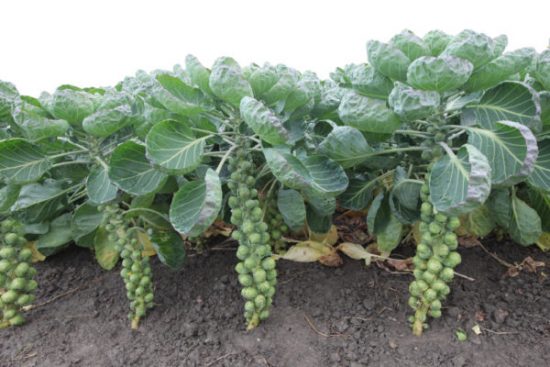
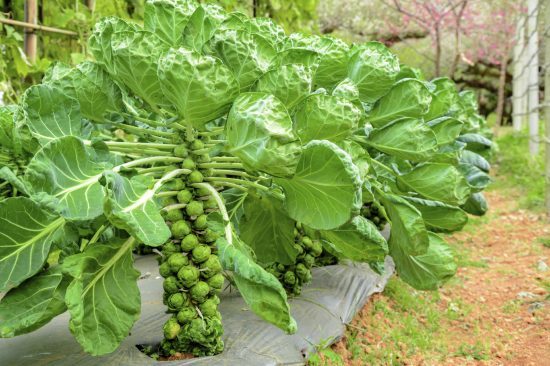
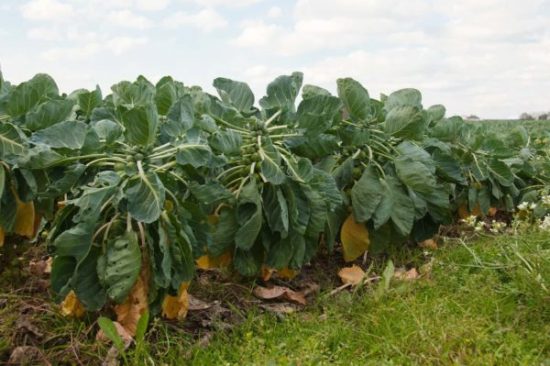
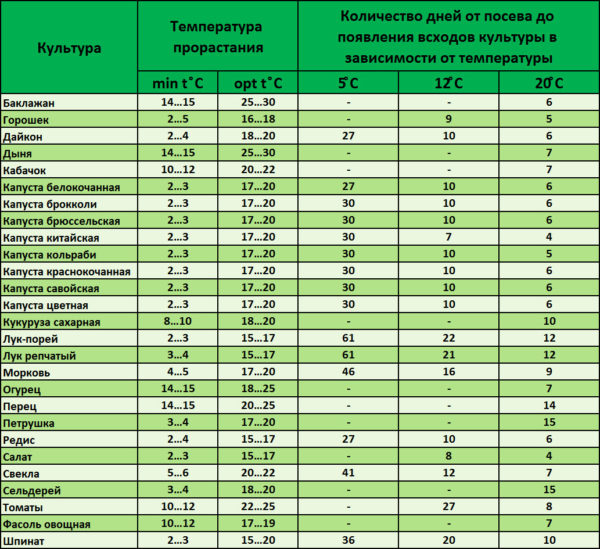
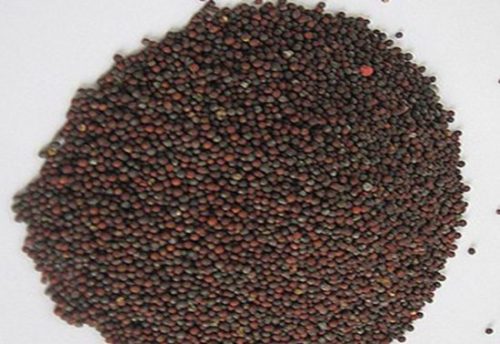
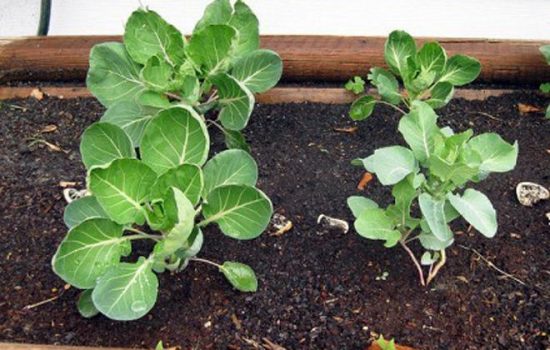


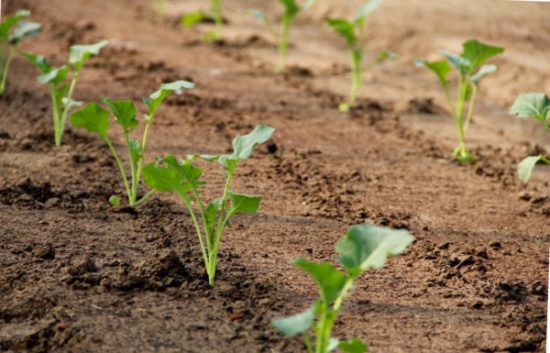
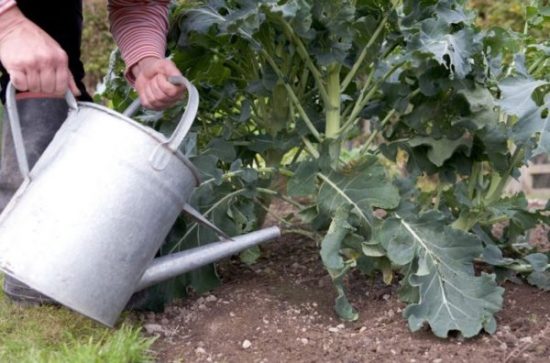
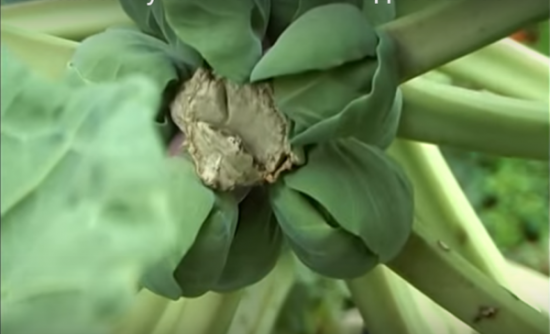
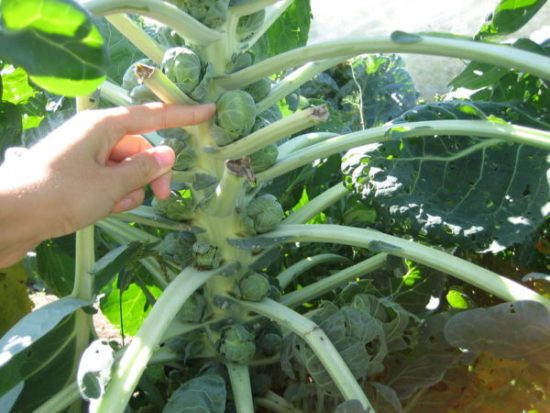
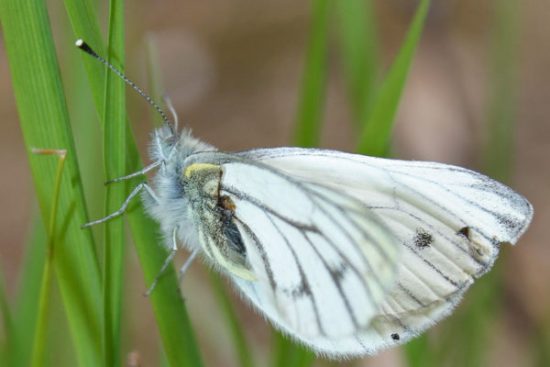
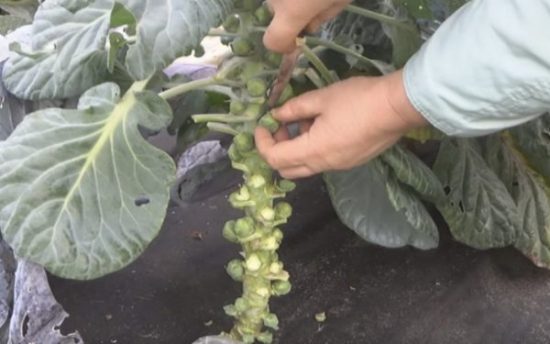
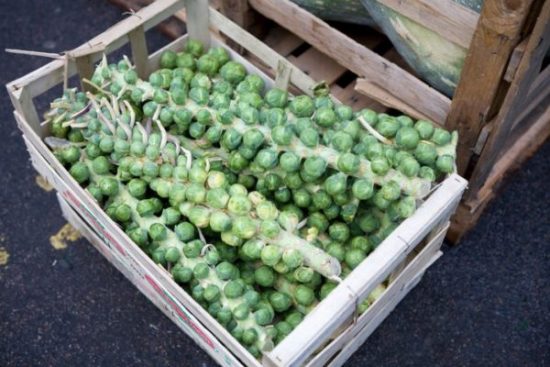
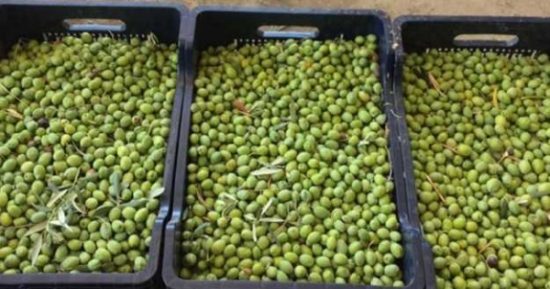

 CUCUMBERS NEVER GET SICK, I'VE BEEN USING ONLY THIS FOR 40 YEARS! I SHARE A SECRET WITH YOU, CUCUMBERS ARE LIKE THE PICTURE!
CUCUMBERS NEVER GET SICK, I'VE BEEN USING ONLY THIS FOR 40 YEARS! I SHARE A SECRET WITH YOU, CUCUMBERS ARE LIKE THE PICTURE! You can dig a bucket of potatoes from each bush. Do you think these are fairy tales? Watch the video
You can dig a bucket of potatoes from each bush. Do you think these are fairy tales? Watch the video
 How our fellow gardeners work in Korea. There is a lot to learn and just fun to watch.
How our fellow gardeners work in Korea. There is a lot to learn and just fun to watch. Eye trainer. The author claims that with daily viewing, vision is restored. They don't charge money for views.
Eye trainer. The author claims that with daily viewing, vision is restored. They don't charge money for views. A 3-ingredient cake recipe in 30 minutes is better than Napoleon. Simple and very tasty.
A 3-ingredient cake recipe in 30 minutes is better than Napoleon. Simple and very tasty. Therapeutic exercises for cervical osteochondrosis. A complete set of exercises.
Therapeutic exercises for cervical osteochondrosis. A complete set of exercises. Which indoor plants match your zodiac sign?
Which indoor plants match your zodiac sign? What about them? Excursion to German dachas.
What about them? Excursion to German dachas.